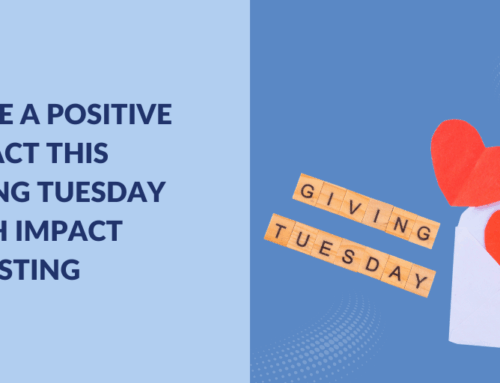Shopping for a life insurance policy doesn’t have to be confusing and overwhelming. If you take some time to understand the basics and how it works, you can better determine the coverage that may be beneficial for you and your family’s needs.
What is life insurance?
When life insurance is purchased, a legally binding contract is formed between the policy owner and the insurance company that is meant to provide a sum of money paid to one or more beneficiaries in the event the insured individual dies.
There are many different types of life insurance depending on consumers’ wants and needs as well as their short- and long-term goals. One of the significant decisions a prospective policyholder must make is whether to buy term (temporary) or permanent life insurance. Multiple factors come into play with both types of insurance, such as which would work for your situation or whether you want both simultaneously. You may want to discuss these options with a financial professional who can help you align your policies with your financial goals. To get started, it might be helpful to consider the general differences between the two types of life insurance:
- Term Life Insurance – Temporary and designed to last a specified number of years, and then it concludes. The terms are typically 10, 20, or 30 years. You choose the term that works for you when you purchase a policy. This type of life insurance generally costs less than permanent life insurance.
- Permanent Life Insurance – Typically spans your entire life and has a cash value component you can use if necessary. This type of life insurance is more expensive than term life insurance.
What is the cash value and how does it work?
Cash value associated with life insurance could be considered an investment depending on your needs. At some insurance companies, a portion of the premium you pay gets put into a cash savings account. As long as you make your payments, you can access the cash value while you are alive via withdrawal, loan, or policy surrender. While money sits in a cash value account, it can then earn interest potentially tax-free. However, it is not guaranteed and, in some cases, you may owe taxes on the cash value. For example, if you withdraw on any gains, like dividends, they will most likely be taxed as ordinary income, but you are generally allowed to withdraw up to the amount of the total premiums you have already paid into the policy without owing taxes.
If the option of the cash value account is something that interests you, consider consulting a financial professional before making any financial decisions. Their expertise can help you understand the potential benefits and risks and guide you in making informed financial choices.
How are payments structured?
The policyholder pays regular premiums over time to keep the policy active. Payments are generally made monthly; however, many insurers also provide options to pay quarterly, semi-annually, or annually.
What is a policy rider?
When you hear the term “riders,” when discussing life insurance, these are the extra options a policyholder can purchase to enhance their life insurance policy, such as:
- Guaranteed insurability rider – This benefit add-on allows you to increase the coverage of your life insurance policy without another medical examination.
- Waiver of premium rider – An add-on that may pay or waive future life insurance premiums should you become disabled and can’t pay due to a severe illness or injury before a specific age.
- Long-Term Care (LTC) Rider – Should the insured find it necessary to be in a nursing home or receive home care, this benefit provides monthly payments. Long-term care insurance can be purchased individually; however, insurance companies do provide the option for riders that pick up your long-term care costs.
- And several others.
Where should I begin if life insurance might be of something of interest to me?
Life insurance can get complicated, and decisions you make now could impact you in the future. It is critical that you understand what type of life insurance would work for you and your family, and your financial goals. Even knowing the fundamentals, there are still many nuances within the different life insurance policies that could affect you and your financial future, so consider scheduling a consultation with a financial professional today.
Important Disclosures:
This material contains only general descriptions and is not a solicitation to sell any insurance product or security, nor is it intended as any financial or tax advice. For information about specific insurance needs or situations, contact your insurance agent. This article is intended to assist in educating you about insurance generally and not to provide personal service. They may not take into account your personal characteristics such as budget, assets, risk tolerance, family situation or activities which may affect the type of insurance that would be right for you. In addition, state insurance laws and insurance underwriting rules may affect available coverage and its costs. Guarantees are based on the claims paying ability of the issuing company. If you need more information or would like personal advice you should consult an insurance professional. You may also visit your state’s insurance department for more information.
Riders are additional guarantee options that are available to an annuity or life insurance contract holder. While some riders are part of an existing contract, many others may carry additional fees, charges and restrictions, and the policy holder should review their contract carefully before purchasing
Using withdrawals and loans on a life insurance policy may reduce the policy’s death benefit.
Sources:
Life Insurance: What It Is, How It Works, and How To Buy a Policy (investopedia.com)
Term Life Insurance | Bankrate
Is the Cash Value of Life Insurance Taxable? | Aflac
What is a Life Insurance Premium and How Does it Work? | Bankrate
This article was prepared by LPL Marketing Solutions
LPL Tracking # 598143






